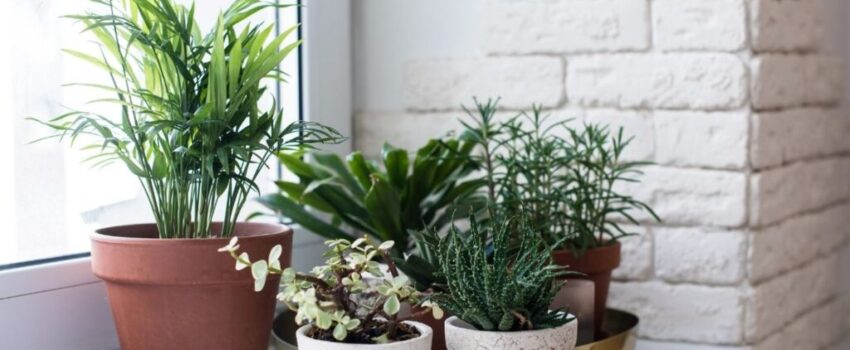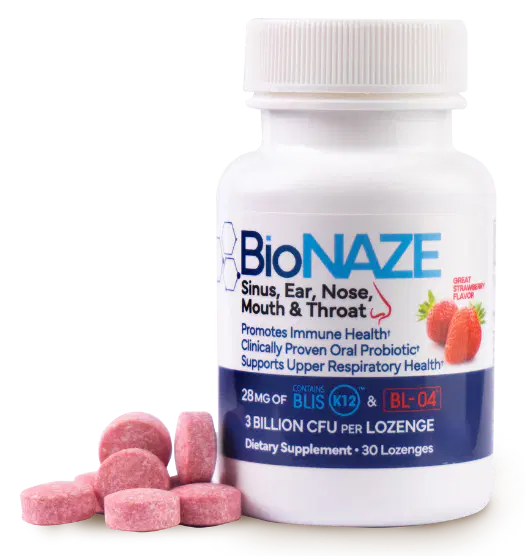10 Sure-Fire Ways To Humidify a Room without a Humidifier

Published Dec 7, 2020
Winter is coming. While that is a line signaling impending doom in the famous HBO-series Game of Thrones, it’s not as dire in our world. However, it can be a very stressful time for those of us with sinus issues. Along with dangerously cold temperatures, winter brings about another enemy: dry air. Before we talk about how to humidify a room naturally (without a humidifier), let’s talk about dry air and why it’s harmful to you.
What is dry air? How can I tell if the air is dry?
Dry air is a natural byproduct of cold weather. As temperatures drop, the cold air loses its ability to hold water. Besides drying out wooden flooring, warping windows, and damaging walls, dry air isn’t exactly friendly to our bodies either.
Dry air can draw out the moisture from your skin, making your skin dry and cracked, sort of like what you’d imagine the desert floor to look like. On top of that, your sinuses will dry up, causing irritation and worsening preexisting respiratory problems. In short, you won’t want to be in an environment full of dry air for a long time. So, what’s the best way to combat dry air? It’s to inject moisture back into it by humidifying the air. While this can simply be accomplished by a humidifier, we understand that not everyone can get their hands on one. For that reason, we’re here to show you the best natural ways to beat dry air and humidify the environment. Here are ten sure-fire ways to humidify a room without a humidifier.
How to humidify a room without a humidifier
These DIY solutions to dry air are so simple that you’re going to be scratching your head and telling yourself, “why didn’t I think of that?” Without further ado, let’s get to the list.
Furnish your house with plants
Plants are a great source of moisture for the surrounding environments since they release water vapor into the atmosphere through a process called transpiration. Transpiration is essentially the evaporation of water from the plant’s leaves. Experts have found that this process accounts for about 10% of the total moisture in the atmosphere. Leave some houseplants in a few locations in your house, making sure to water them regularly so that they can do the rest.
Leave the door open when taking a shower.
No, this is not a suggestion to let everyone see you showering naked. In the winter, there’s a high chance you will want to take hot, steamy showers. These showers produce vapors, hence the fogging of mirrors and the like. Leaving the door open allows that steam to inject some moisture into the dry air in other rooms.
Don’t drain the tub immediately.
If you prefer hot baths over hot showers, your bathwater is also capable of giving your air its much-needed moisture. Like the previous method, you should leave the door open so that the vapors can escape and dissipate to the rest of your home.
Place vases or bowls of water close to heat sources
You’ll find a recurring theme in this list: evaporation. It’s one of the most fundamental concepts in humidifying your environment. Some people suggest placing a bowl of water in every room, but this will lead to little or no effect. However, placing a bowl of water next to heat sources like radiators may speed up the evaporation process, leading to a more humid space.
Boil water on the stovetop
In a similar fashion to showering with the door open, boiling water with the lid off can lead to the same effect. This method is possibly the closest one to a humidifier, and you will notice its impact significantly.

Dampen your curtains
Don’t get it twisted; you shouldn’t soak your curtains in water until they’re drenched. However, a few spritzes or splashes of water may help humidify a room. Just make sure that the curtains you’re dampening are exposed to sunlight so that they may evaporate the water in the curtains.
Leave bowls of water near windows.
In the same vein as the last method, sunlight is a fantastic natural heat source that can evaporate water indoors. When radiators or other heat sources are not in use, sunlight is a great alternative. Just leave a bowl of water in a spot where sunlight is sure to hit, and this can moisturize the air.
Damp towels near heat vents
Another way you can induce evaporation is by leaving damp towels over heat vents. The heat will dry out the towels and release the moisture into the air. When these towels dry up, soak them again and squeeze to get rid of excess water.
Leave your clothes to dry indoors on racks.
We don’t mean to let your clothes drip all over your floor or carpet, but what we do mean is to allow natural air to dry or sunlight dry your clothes instead of the dryer. This approach may not only humidify your air but also save you resources in using the dryer. Just make sure to place them in a space that is sure to be exposed to sunlight; else, your clothes may not dry properly, which can make them smell funky.
The sponge method
This method sounds a lot more mysterious than it actually is. To do this, punch a bunch of holes (about 20) into a large freezer plastic bag. Then, soak a sponge in some water, squeezing to get rid of the excess. After that, simply place the sponge in the plastic bag, and put it in any room that needs to be humidified.
Benefit From The Latest Advancements In Probiotic Science With Bionaze
Bionaze is a proprietary blend of probiotics proven to promote ear, nose, and throat health, improve digestion, and support your immune system. The active ingredients BLIS K12, and BL-04 are considered among the best probiotics according to science.
Get 25% Off Your First Order when you use BIO25 at checkout!

This Content Has Been Reviewed For Factual Accuracy
This content has undergone thorough fact-checking by our team of internal experts. Learn more about the meticulous editorial standard for our website here.
ADVERTISEMENT

About The Author
Judy Ponio is a professional writer based in the Philippines. Her commitment to communicating factual content in when writing is unmatched. She works hard to cross check reputable sources to ensure her work uses accurate facts.




